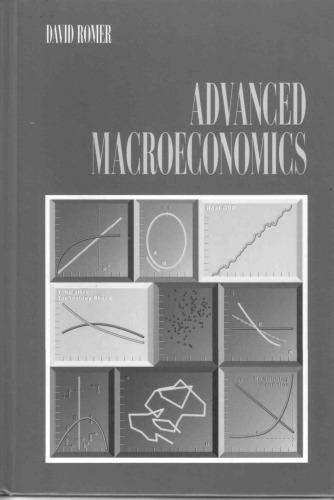2.17. The basic overlapping-generations model. (This follows Samuelson, 1958, and Allais, 1947.) Suppose, as in the Diamond
Question:
2.17. The basic overlapping-generations model. (This follows Samuelson, 1958, and Allais, 1947.) Suppose, as in the Diamond model, that N, 2-period-lived individuals are born in period t and that N, = (1 + n)N-1. For simplicity, let utility be logarithmic with no discounting: U = In(C) + In(C2++1). The production side of the economy is simpler than in the Diamond model. Each individual born at time t is endowed with A units of the econ- omy's single good. The good can either be consumed or stored. Each unit stored yields x > 0 units of the good in the following period. Finally, assume that in the initial period, period 0, in addition to the No young individuals each endowed with A units of the good, there are [1/(1+ n)]No individuals who are alive only in period 0. Each of these "old" individuals is endowed with some amount Z of the good; their utility is simply their consumption in the initial period, C20.
(a) Describe the decentralized equilibrium of this economy. (Hint: given the overlapping-generations structure, will the members of any generation engage in transactions with members of another generation?)
(b) Consider paths where the fraction of agents' endowments that is stored, ft, is constant over time. What is total consumption (that is, consumption of all the young plus consumption of all the old) per person on such a path as a function of f? If x <1+n, what value of f satisfying 0
Step by Step Answer:







